Do wireless headphones work with Nintendo Switch Lite?
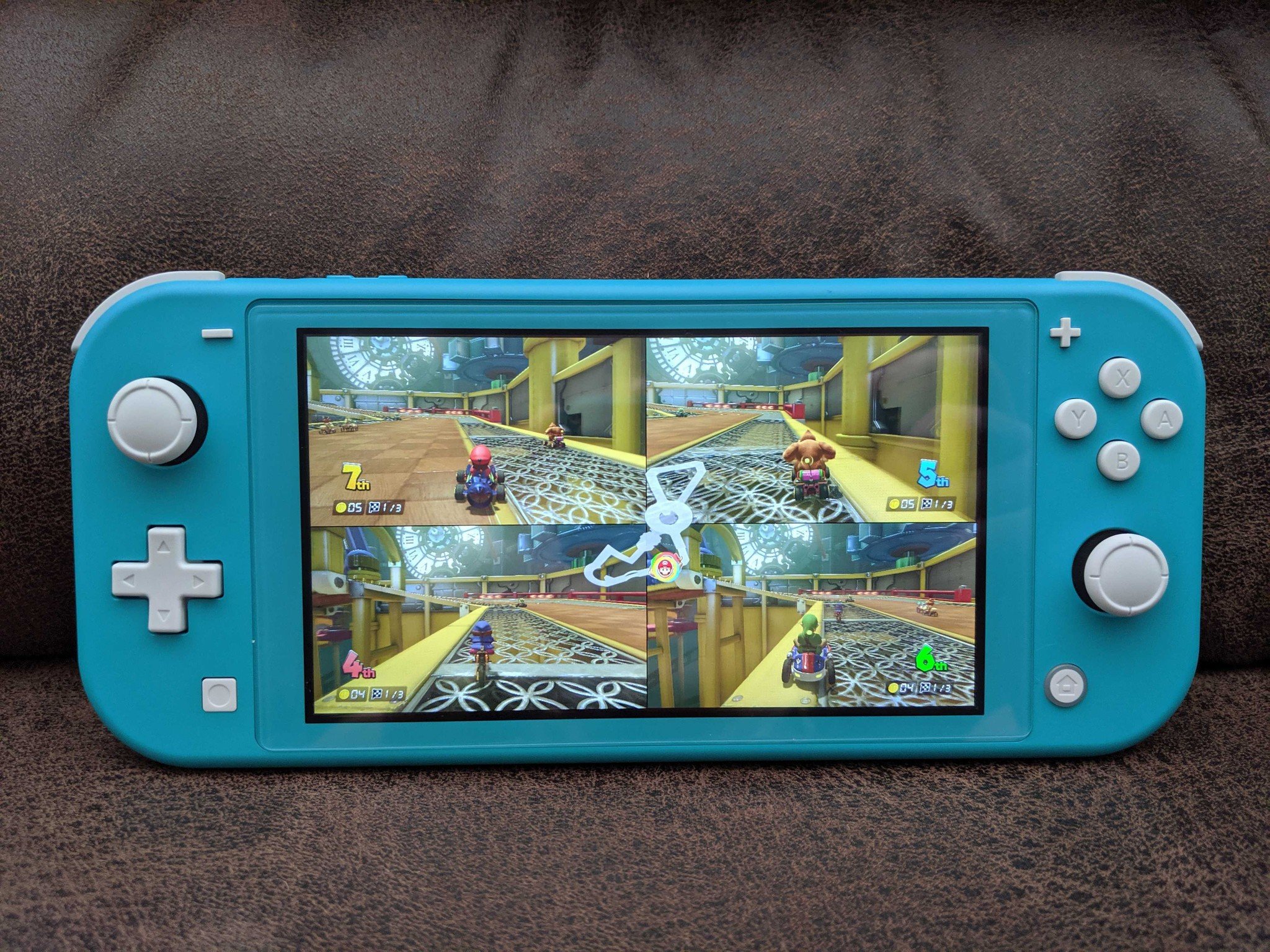
Do wireless headphones work with Nintendo Switch Lite?
Best answer: Yes. Thanks to the 13.0.0 update, you can easily connect your wireless headphones without having to resort to a special adapter or dongle like was needed before.
Nintendo Switch Lite wireless compatibility
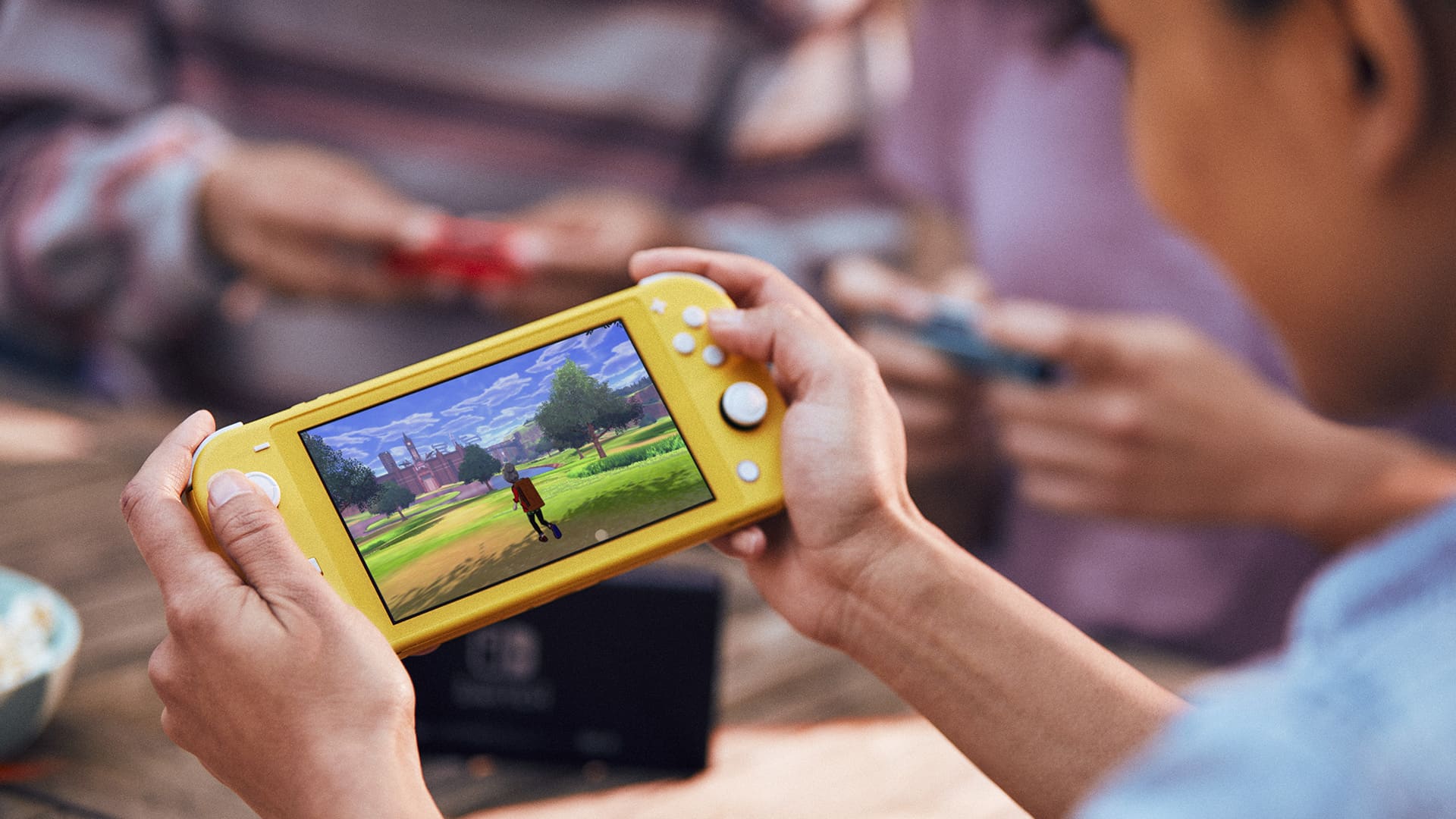
In this day and age, wireless technology is in higher demand than ever before for electronics. Even though the Nintendo Switch Lite omitted several features from the regular Nintendo Switch like removable Joy-cons with rumble packs, tabletop kickstands, and TV mode (making it incompatible with the Switch Dock), Nintendo is wise enough to retain wireless capabilities for the Switch Lite.
For example, Joy-Cons from the Nintendo Switch can be paired to a Nintendo Switch Lite. This way, you can play some of the best Nintendo Switch multiplayer games without everybody needing their own Switch to play. The Nintendo Switch and Nintendo Switch Lite did not have Bluetooth built-in at launch, but that was remedied with the 13.0.0 update. Now you just have to take the steps to connect wireless headphones with the Switch, and you're good to go.
The original Bluetooth workaround
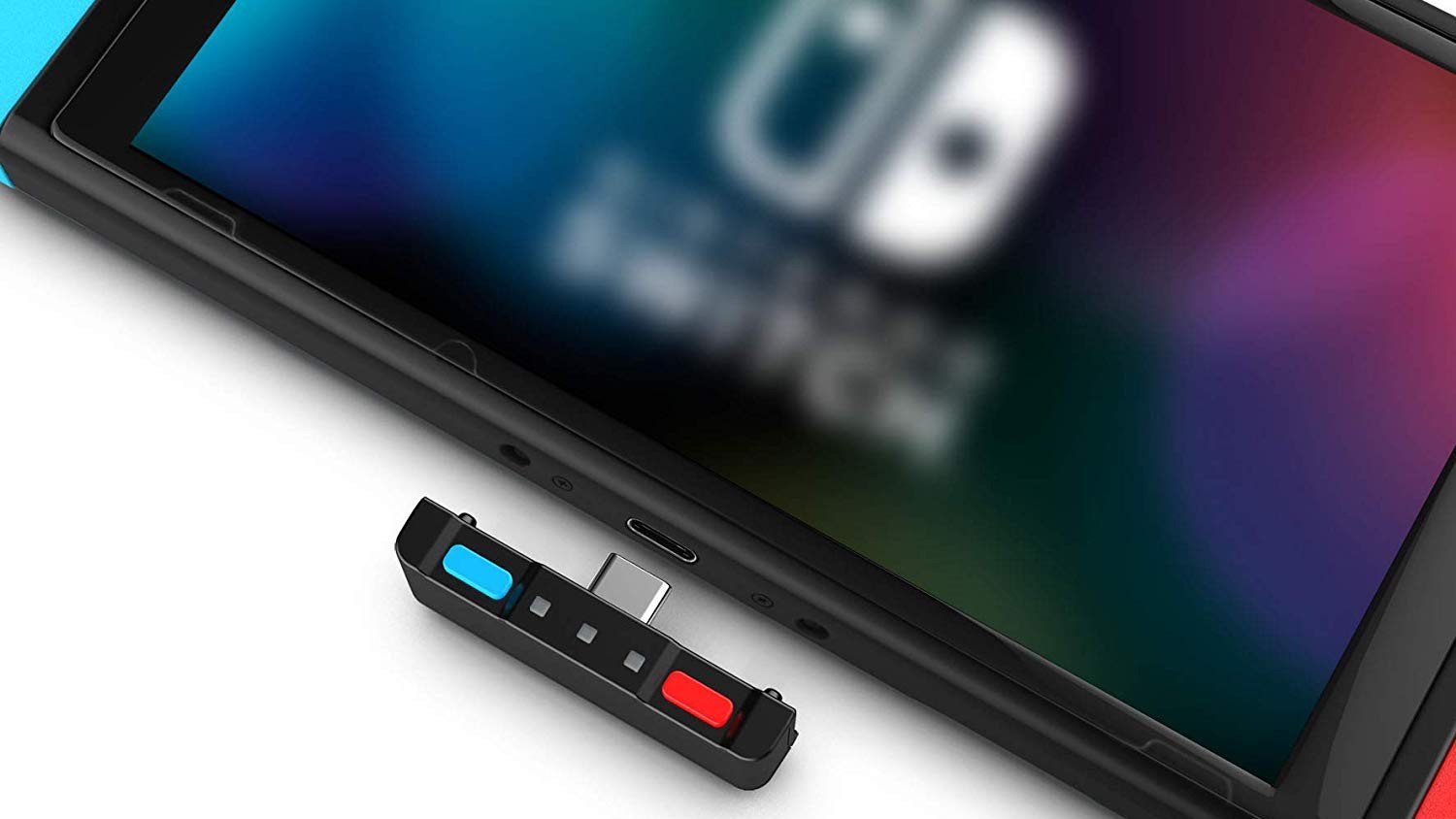
Before the 13.0.0 update, Switch and Switch Lite owners had to resort to Bluetooth adapters and dongles to use wireless headsets with the Switch. Thankfully that's all in the past. However, if your favorite headphones won't connect using the new Bluetooth method for some reason, an adapter might still fix the problem for you.
There are plenty of amazing Bluetooth adapters you can use to pair your wireless headphones with the Nintendo Switch Lite. Like the Genki Bluetooth Audio Adapter, for example. This handy gadget can pair two wireless headphones simultaneously for multiplayer purposes and has an extra USB-C port so you can plug in a charger while playing the Switch Lite. Though there is a catch — reviews on Amazon have pointed out a noticeable amount of latency when pairing the Genki with wireless earbuds, and the Genki has a hefty premium price tag.
Another good example is the HomeSpot Bluetooth Transmitter. This adaptor can pair with wireless headphones and Airpods with little to no latency; it has a built-in microphone and features dual audio channels for multiple headphones. You can adjust the codec frequency for the optimal auditory experience. However, the HomeSpot doesn't have an extra USB-C port to plug in a charger while playing like the Genki, and HomeSpot can't fit over protective cases.
With these options, you will be able to communicate with your friends online or in the same household as you play your games. So grab your favorite headphones, plug in your Bluetooth adapter, and enjoy gaming on the Nintendo Switch Lite.
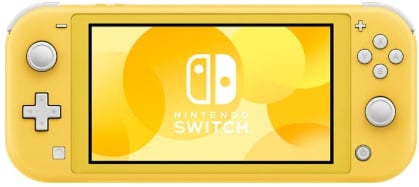
Smaller, less expensive, just as much fun
Nintendo Switch Lite works solely in handheld mode, but it uses the same cartridges as the standard Nintendo Switch. Any of your games that offer handheld mode will be compatible, and it can link with Nintendo Switch to play local co-op games.
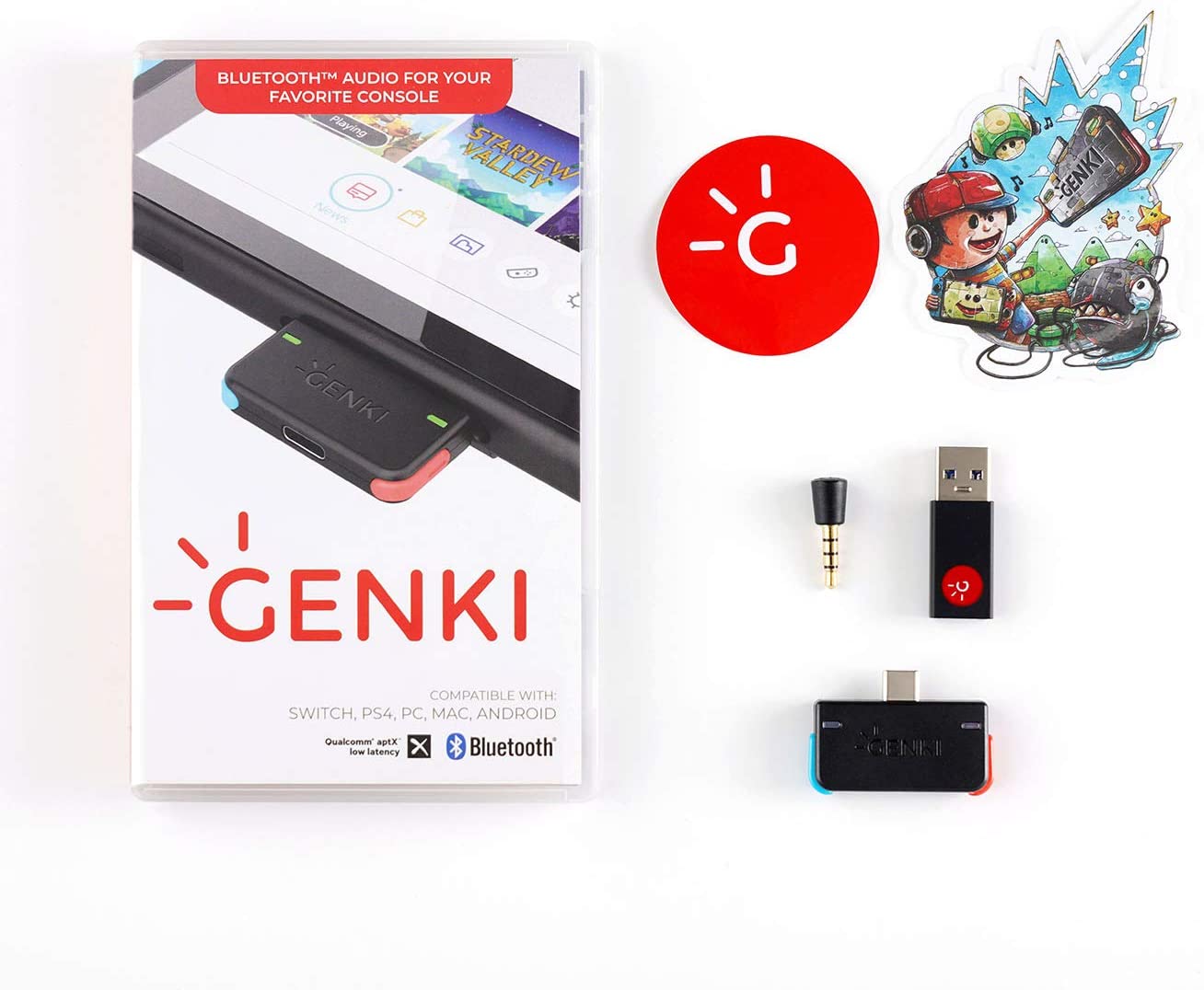
Charge while you listen
The Genki Adapter for Switch offers the same wireless audio that other Bluetooth 5.0 transmitters have, but it won't block your USB-C port. The adapter has a port of its own at the bottom of the dongle, so you will still be able to plug in and charge.
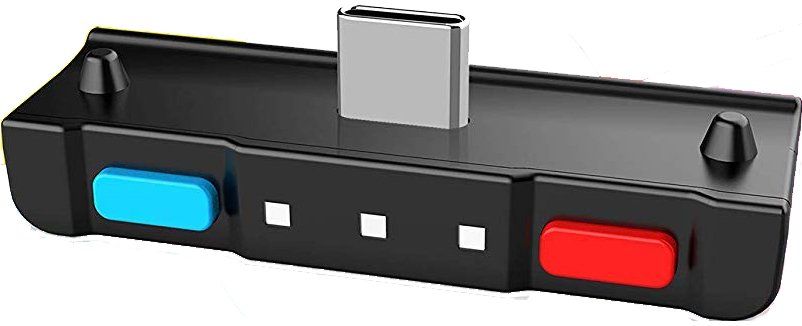
A jack of trades Bluetooth adaptor
The HomeSpot Bluetooth Transmitter is an exceptional adaptor that allows you to use wireless headphones and Airpods for the Nintendo Switch Lite. It also features adjustable codec frequencies, dual audio channels, and a built-in mic.

Play together
Nintendo games have always been fun and often more fun with friends. In addition to playing online with friends, Switch Online will give you access to cloud storage for saves, as well as members-only offers and discounts.
Master your iPhone in minutes
iMore offers spot-on advice and guidance from our team of experts, with decades of Apple device experience to lean on. Learn more with iMore!
Alexander Cope is a writer for Windows Central and iMore that has been gaming since the 16-bit era.

